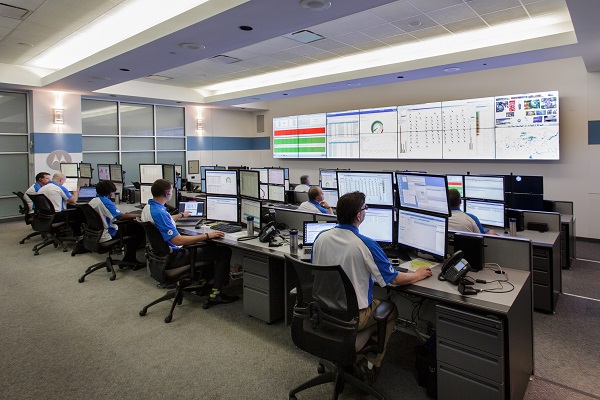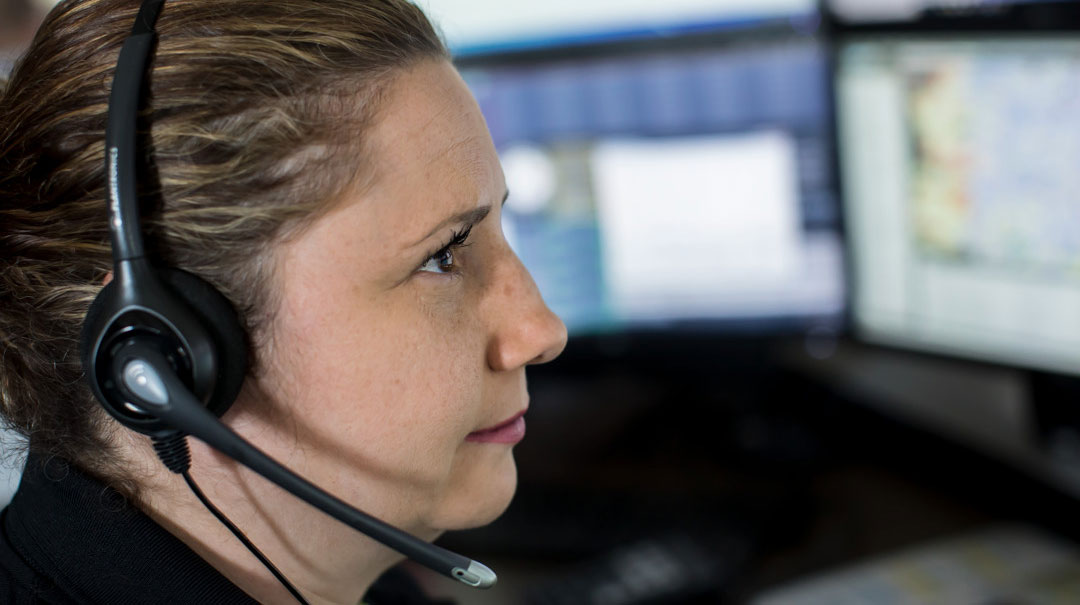Seeing a picture of a tragic accident, especially when victims are in view, will be a different experience from taking a 9-1-1 call about the incident. Even though visual content can provide a level of detail we may never get from a voice call, the emotional impact call takers will experience must be taken into consideration.
In Part 1 of our blog, The Evolution of Visual Content, two of your peers talk about the unease they feel for call takers who will be subjected to images they have not been exposed to before. They point out that call takers have an innate desire to help and will want to see the new content, even if seeing the images increases the stress. What’s the answer?
In Part 2, we hear Mark Swiderski and Marty Kimble explain how the benefits can outweigh the risks when we take the right precautions and provide the necessary training. As with all of the 9-1-1 Directors and Dispatchers who have shared their thoughts on this critical topic, their insights and experience affirm our belief this is a challenge we can and will overcome together to save more lives.
Accepting Visual Content: The Benefits
Mark, the Executive Director of Lake County 911, Indiana, says staff have always been able to hear but not see the incidents in real-time. Lake County 911 is a consolidated center of 15 PSAPs handling almost a million calls a year, of which roughly half are 9-1-1. His team of 100 dispatchers utilize the VESTA 9-1-1® call handling system and the Spillman Flex CAD system from Motorola Solutions. Looking to the future of NG9-1-1, Mark believes the key is preparation.
Mark cites how proud he is of the hardworking individuals on his team. Through the consolidation, and even with staffing shortages, Mark says, “they continue to do the job day in and day out.” It gives him confidence in their adoption of visual content, assuming preparation. After all, having the insight, he says, will “help provide information to the first responders” that they haven’t had access to in the past.
Marty, the 9-1-1 Coordinator for Cherokee County, Oklahoma, says that if a picture is worth a thousand words, a video is worth a million words. Marty has been in fire services for 30 years and when he moved into the 9-1-1 center, he found it more stressful to listen to the calls than to see it in person. That’s why he believes the ability to pass these images forward to first responders will allow them to “escalate or deescalate their response accordingly.” As for the abilities of his call takers, he’s “not apprehensive” of the change and is proud to give them the tools and support they need to do their jobs.
How Visual Content Provides Support to PSAPs
At Motorola Solutions, we see three key benefits for PSAPs that accept visual content.
- PRIORITY. As both Mark and Marty mention, when call takers can SEE what’s going on, they may gain more information than just having the audio. This means the situation may not be as bad – or may be worse – than what the caller describes. But having access to the visuals allows call takers and first responders to get a clear picture of the event.
- EFFICIENCY. As Marty explains, having a picture or video can allow call takers or first responders to adjust their level of response. This may shorten the duration of the call, allowing call takers to move to the next caller. Or, it may shorten the time to respond in the field, helping first responders provide the most efficient response. Bottom line – receiving visual content can mean more efficient operations, saving time and resources.
- CLOSURE. Sometimes lack of clear information leaves incidents unresolved. But, visual content, as Mark describes, gives access to a level of detail never before received, which may allow for a higher rate of success in case closure.
Preparing to Accept Visual Content
As we plan for i3 content, PSAP personnel should feel in control of how visual content is received. We offer the following thoughts as you consider the best flow for your PSAP and its day-to-day operations.
- Visual content is PERMISSION-based within certain ROLES. Some roles may not need permission.
- The call taker has CONTROL. If they do not want a visual, they do not ask for it, nor accept it.
- Do not use time to gather a visual unless it is likely to provide ACTIONABLE INFORMATION.
- The citizen providing the visual should be a SAFE DISTANCE away from the incident itself.
- All visual media is LOGGED as part of the call detail record so current quality control and audit practices are easily extended for visuals.
- All visual media is STORED and adheres to the rules for digital evidence management as well as being searchable and secure.
A Solution for Accepting Visual Content
Motorola Solutions takes these recommendations seriously and they are incorporated into CommandCentral 9-1-1 Citizen Input, our new cloud-based application that works with CallWorks CallStation and VESTA® 9-1-1 call handling systems. CommandCentral 9-1-1 Citizen Input offers a ‘permission-based’ approach to visual content, addressing all the points we just mentioned, including the ability to manage and store the content so it can be easily retrieved for evidentiary purposes.
At Motorola Solutions, we know seconds matter in an emergency. And, we recognize NG9-1-1 brings many changes. Our goal is to ensure you are empowered with technology and guidance to manage the changes on your terms. We want to be your right technology partner.
Join us back here in the next few weeks when we’ll share more on Topics That Matter When Seconds Matter, specifically our Next Generation Core Services.
Read the blog No Longer a Voice Call: The Evolution to Visual Content – Part 1.
Learn more about Motorola Solutions NG9-1-1 solutions and strategy and check out Motorola Solutions CommandCentral Software End-to-End suite.




